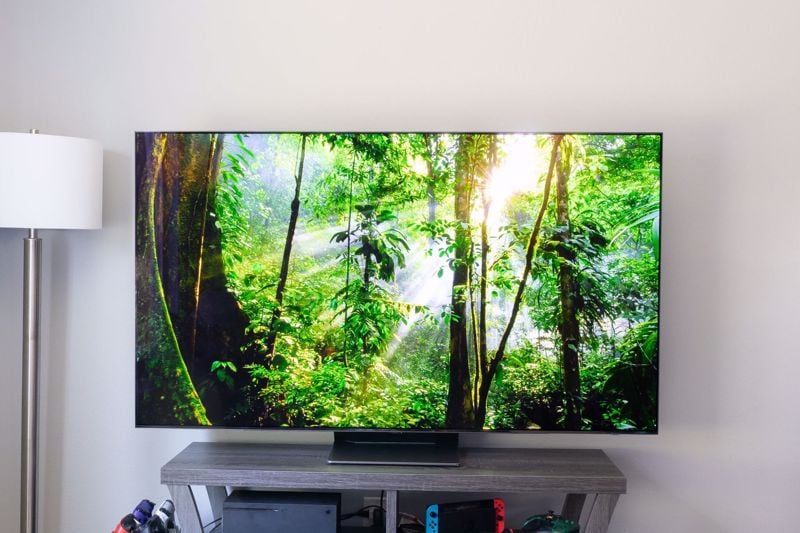When it comes to purchasing a new television, you may have come across the terms QLED and OLED. These are two competing technologies in the world of high-end televisions, each with its own set of advantages and features. In this article, we will explore the differences between QLED and OLED TVs, helping you understand the strengths and weaknesses of each technology so that you can make an informed decision when choosing the right TV for your needs. To save money on your new TV use a Home Depot Money Saving Coupon from We Are Coupons.
Understanding QLED Technology
QLED stands for Quantum Dot Light Emitting Diode. It is a display technology that uses quantum dots, which are tiny semiconductor particles that emit light when exposed to a backlight source. In a QLED TV, the quantum dots are used to enhance the color and brightness of the display. The light from the backlight passes through the quantum dots, resulting in more vibrant and accurate colors.
Exploring OLED Technology
OLED stands for Organic Light Emitting Diode. Unlike QLED, OLED TVs do not require a backlight because each pixel in an OLED display can emit its own light. This allows for individual pixel control and the ability to turn off pixels completely, resulting in perfect black levels and infinite contrast ratios. OLED displays also offer wide viewing angles and fast response times.
Contrast and Black Levels
One of the key differences between QLED and OLED TVs lies in their contrast and black levels. OLED displays can achieve true blacks by turning off individual pixels, resulting in superior contrast ratios and a more immersive viewing experience. QLED displays, although capable of producing bright and vibrant colors, may not achieve the same level of deep blacks as OLED.
Color Accuracy and Vibrancy
Both QLED and OLED technologies offer impressive color reproduction. QLED TVs utilize quantum dots to enhance color accuracy and produce a wide color gamut, resulting in vibrant and lifelike images. However, OLED displays are known for their exceptional color accuracy, as each pixel emits its own light, resulting in more precise color representation and subtle shading.
Viewing Angles
When it comes to viewing angles, OLED TVs have the advantage. Due to their pixel-level control, OLED displays maintain consistent image quality and color accuracy even when viewed from different angles. QLED displays, on the other hand, may experience some loss of color saturation and contrast when viewed off-axis.
Brightness and HDR Performance
QLED TVs generally excel in brightness levels, making them ideal for well-lit rooms. They can achieve higher peak brightness, which is particularly important for HDR (High Dynamic Range) content. OLED displays, while not as bright as QLEDs, still offer excellent HDR performance due to their ability to achieve deep blacks and vibrant colors.
Lifespan and Burn-In Risk
OLED TVs are susceptible to a phenomenon known as burn-in, where static images displayed for extended periods can cause permanent image retention. This is a concern for those who frequently display static content, such as news tickers or video game HUDs. QLED TVs, being LCD-based, do not have the same risk of burn-in and generally have a longer lifespan.
Price Considerations
QLED TVs, being an LCD-based technology, are generally more affordable than OLED TVs. OLED displays are considered a premium technology and come with a higher price tag. However, prices may vary depending on the brand, screen size, and specific features of the TV.
Conclusion
In summary, QLED and OLED are two distinct display technologies, each with its own strengths and weaknesses. QLED offers vibrant colors, high brightness levels, and is more affordable, making it suitable for those who prioritize color accuracy and brightness in well-lit rooms. OLED, on the other hand, provides perfect blacks, infinite contrast ratios, wide viewing angles, and superior color accuracy, making it ideal for those who value cinematic image quality and immersive viewing experiences. Consider your viewing environment, preferences, and budget to determine which technology best suits your needs.




